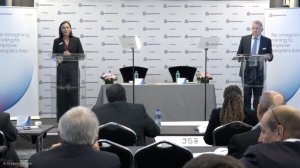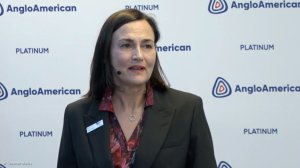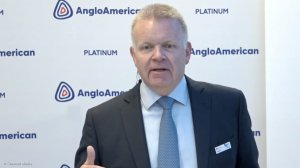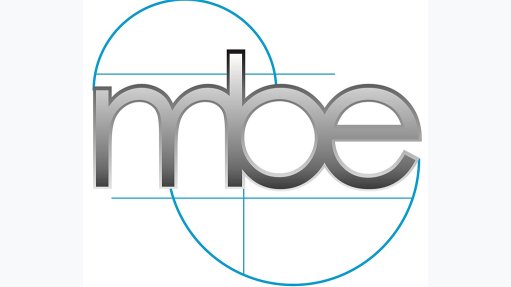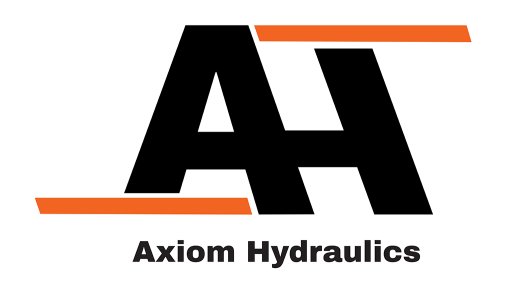South Africa’s hydrogen corridor will create 14 000 jobs, says Anglo Platinum CEO

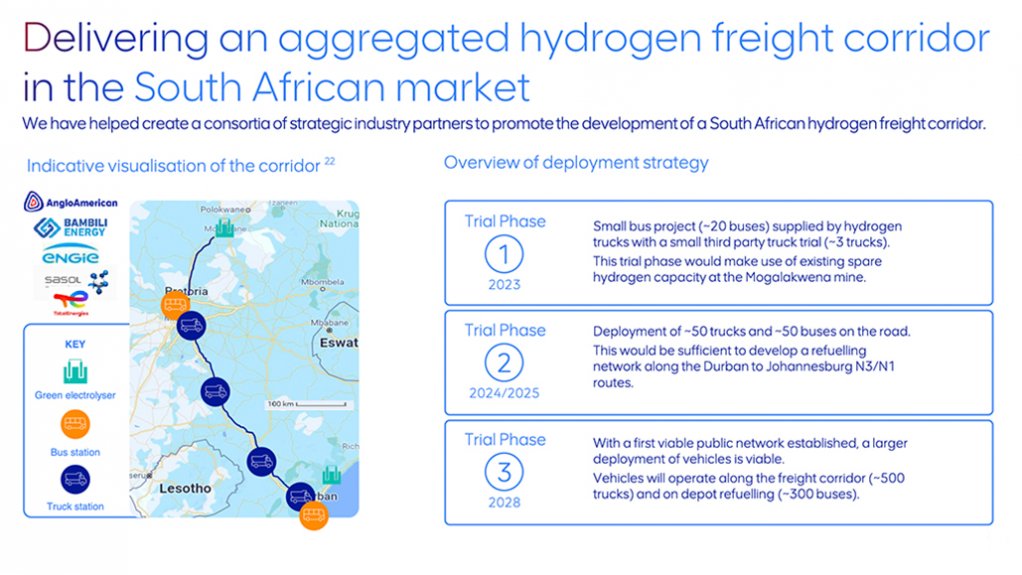


Anglo American Platinum CEO Natascha Viljoen interviewed by Mining Weekly’s Martin Creamer. Video: Nicholas Boyd. Video Editing: Darlene Creamer
South Africa's proposed green hydrogen corridor, which as been declared a strategic project.
Natascha Viljoen.
Photo by Creamer Media
Craig Miller.
Photo by Creamer Media
JOHANNESBURG (miningweekly.com) – South Africa’s hydrogen corridor, which has been declared a strategic integrated project, will create 14 000 jobs and consume 63 000 oz of platinum, Anglo American Platinum CEO Natascha Viljoen told Mining Weekly on Monday.
“This hydrogen space is an exploding space and a really interesting space,” said Viljoen, whose comments followed the JSE-listed company’s presentation of 2022 financial results, which reported a contribution of R131-billion to society in the 12 months to December 31. Earnings before interest, taxes, depreciation and amortisation totalled R74-billion in a year in which there were the lowest-ever number of safety incidents.
“What's important for us as an economy is also the development that we see happening across the world,” said Viljoen, in reference to the global uptake of hydrogen as a future clean universal energy source.
This green energy source is dependent on the platinum group metals (PGMs) that South Africa hosts so overwhelmingly, with PGMs being needed to:
- generate green hydrogen;
- turn green hydrogen back into electricity;
- create the green hydrogen for internal combustion engine (ICE) hydrogen vehicles; and
- potentially also impressively lower the weight of batteries used by battery electric vehicles (BEVs), with research into doing so well under way. (Also watch attached Creamer Media video.)
Key is that the Inflation Reduction Act being promulgated by the US government effectively reduces the production of green hydrogen to negative cost, which Viljoen pointed out was spurring a big increase in investments in production of hydrogen infrastructure development, as well as the end-use of hydrogen.
Anglo Platinum displayed a slide overviewing South Africa’s own hydrogen 2023 corridor trials with 20 buses and three trucks. (See attached). By 2028, the third trial phase will likely involve 500 trucks and 300 buses.
The lower cost of green hydrogen through EU initiatives had, Viljoen pointed out, also prompted green hydrogen end use in Uber fleets in Germany, with all global advances of this nature pointing to South Africa's PGMs industry – which employs 500 000 people directly – being not only preserved but boosted as the world transitions away from fossil fuels as part of its decarbonisation imperative to mitigate against climate change.
Moreover, mining’s multiplier effect rockets those 500 000 jobs into indirect jobs totalling many times that number.
The hydrogen economy encourages the use of PGMs because platinum-based proton exchange membrane, or PEM, electrolysis is ideally suited to the variability of renewable energy, and the uniqueness of PGMs take on both temperature and energy variance. This reduces overall cost and improves overall efficiencies, with the key word being overall.
“Important to note is that we only need to capture 10% of the future light vehicle market to have the same demand sector that we have for ICE vehicles today,” Viljoen pointed out.
The other point is that hydrogen generation – and the fuel cell electric vehicles (FCEVs) that turn the hydrogen back into green electricity – are far less mineral intensive when adjudged from engine to wheel.
While FCEVs require marginal amounts of PGMs as their main mineral input, significant amounts of lithium, nickel and copper are required in batteries for BEVs.
From a recycling point of view, FCEVs also present a far friendlier recycling environment.
PGMs, which have been cleaning the air that we breathe for decades, are a young group of metals that are relatively just at the start of their huge journey to decarbonise the world.
Anglo Platinum FD Craig Miller forecast that gasoline hybrid vehicles would continue to play a key role in the decarbonisation of transport and that there would be a role for FCEVs, both of which require PGMs, with several auto manufacturers resuming production in this space.
“An exciting demand segment for PGMs will come from the hydrogen economy,” Miller said, recalling how the building blocks of a hydrogen future were beginning to assemble as the company outlined in its interim results.
“Six months on, the pieces are starting to fall into place. Renewable energy, a key enabler of green hydrogen, is ever more plentiful, with the International Energy Agency estimating a record number of installations as the impetus for the drive to net-zero as well as negative impact of energy security.
“Related to this, government policy support globally for hydrogen has broadened,” Miller added.
Article Enquiry
Email Article
Save Article
Feedback
To advertise email advertising@creamermedia.co.za or click here
Announcements
What's On
Subscribe to improve your user experience...
Option 1 (equivalent of R125 a month):
Receive a weekly copy of Creamer Media's Engineering News & Mining Weekly magazine
(print copy for those in South Africa and e-magazine for those outside of South Africa)
Receive daily email newsletters
Access to full search results
Access archive of magazine back copies
Access to Projects in Progress
Access to ONE Research Report of your choice in PDF format
Option 2 (equivalent of R375 a month):
All benefits from Option 1
PLUS
Access to Creamer Media's Research Channel Africa for ALL Research Reports, in PDF format, on various industrial and mining sectors
including Electricity; Water; Energy Transition; Hydrogen; Roads, Rail and Ports; Coal; Gold; Platinum; Battery Metals; etc.
Already a subscriber?
Forgotten your password?
Receive weekly copy of Creamer Media's Engineering News & Mining Weekly magazine (print copy for those in South Africa and e-magazine for those outside of South Africa)
➕
Recieve daily email newsletters
➕
Access to full search results
➕
Access archive of magazine back copies
➕
Access to Projects in Progress
➕
Access to ONE Research Report of your choice in PDF format
RESEARCH CHANNEL AFRICA
R4500 (equivalent of R375 a month)
SUBSCRIBEAll benefits from Option 1
➕
Access to Creamer Media's Research Channel Africa for ALL Research Reports on various industrial and mining sectors, in PDF format, including on:
Electricity
➕
Water
➕
Energy Transition
➕
Hydrogen
➕
Roads, Rail and Ports
➕
Coal
➕
Gold
➕
Platinum
➕
Battery Metals
➕
etc.
Receive all benefits from Option 1 or Option 2 delivered to numerous people at your company
➕
Multiple User names and Passwords for simultaneous log-ins
➕
Intranet integration access to all in your organisation


